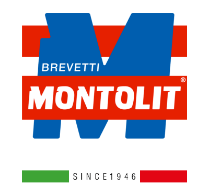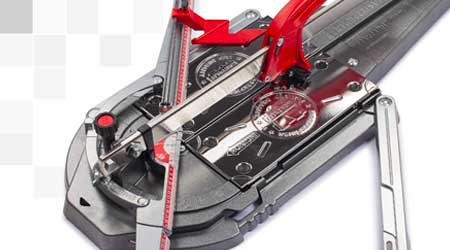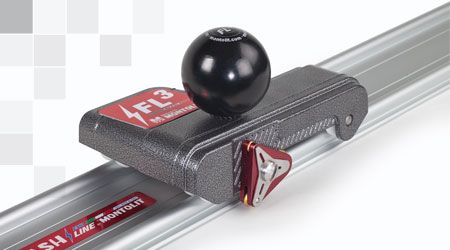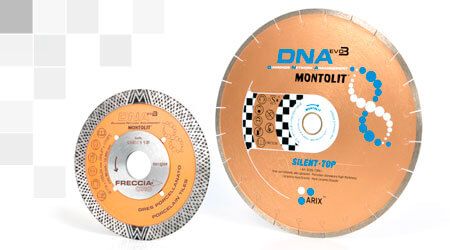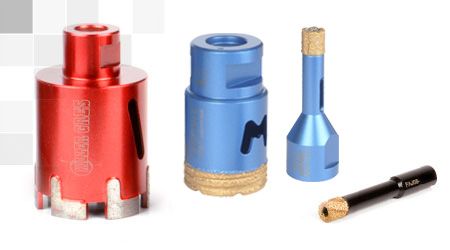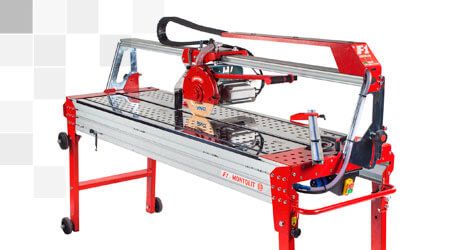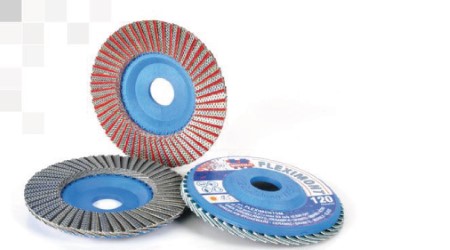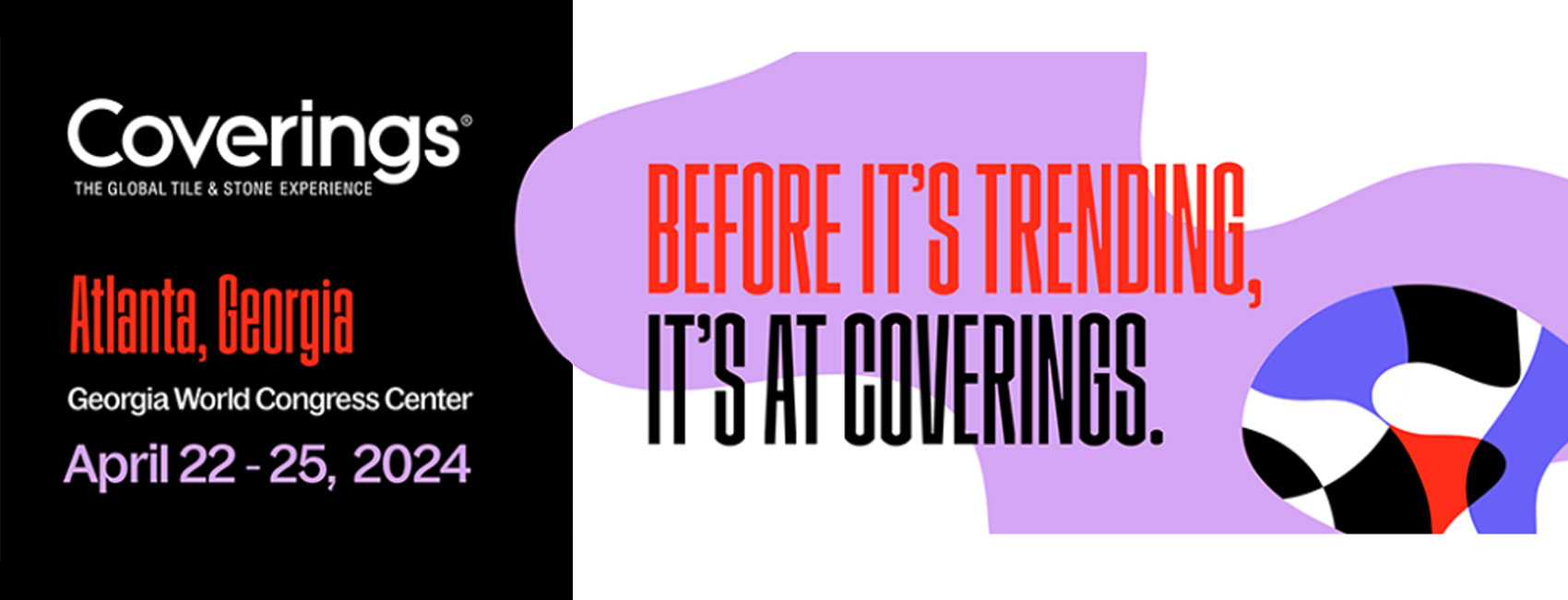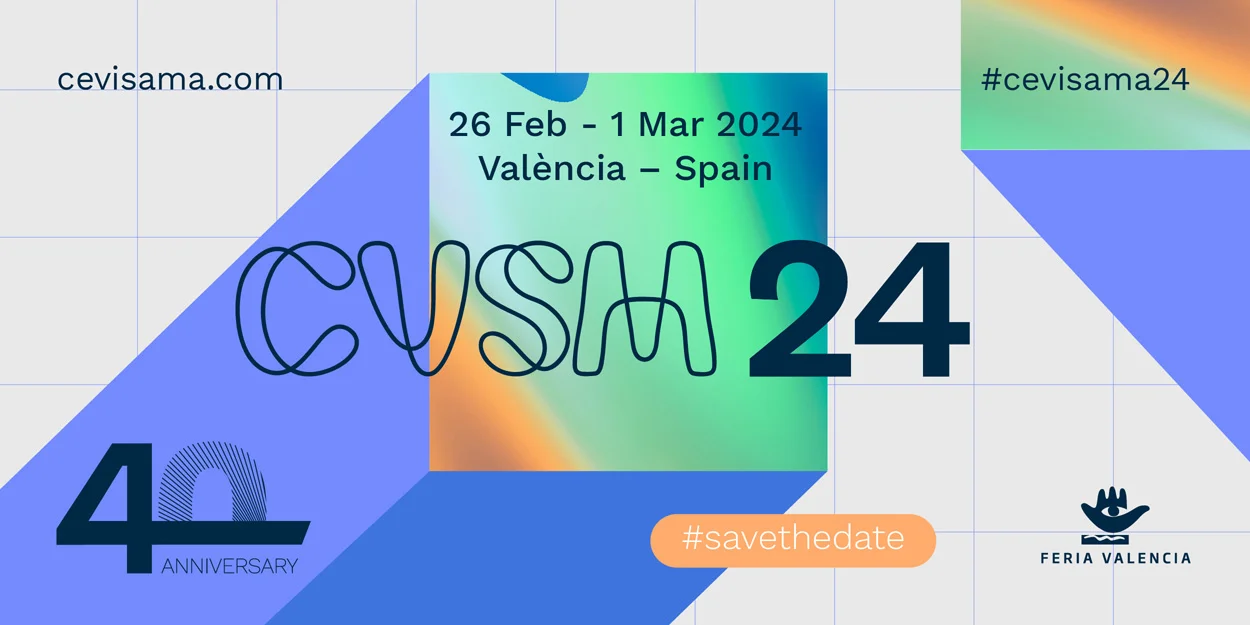Push or pull manual tile cutters? Which is the best solution?
Push or pull manual tile cutters? Which is the best solution?
Which is the best movement in order to optimize the tile incision/cut? There isn’t only one answer because it is necessary to analyze this matter from different points of view and decide after this analysis. Below you can find the main advantages and problems related to these two different ways of cutting tiles.
Push manual tile cutters model.
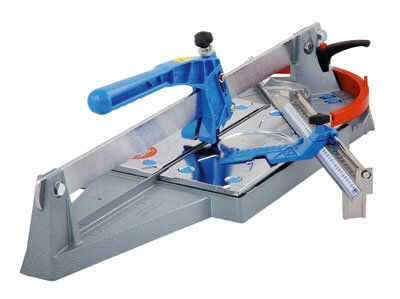
CLICK HERE TO DISCOVER THE NEW ERGONOMIC TILE CUTTER MASTERPIUMA
Main advantages:
• The pulse and the arm move in a natural and ergonomic* way
• The arm movement is linear and fluid and takes advantage of the levers composed by the incision handle in the best way. This way to cut gives to the tilers the possibility to manage easily the incision power. This characteristic is, in a particular way, useful for tiles with non regular or very strong (special) surfaces.
• With the push tile cutter, the incision handle is immediately ready to split the tile at the end of the cut (it is not necessary to re-position the incision handle)
• In case of very big tiles, like the Marazzi, Mirage, Cotto D’Este, Graniti Fiandre tiles etc, etc, with a length bigger than 50/60 cm, the incision handle becomes a natural arm extension and for this reason the cut can be finished in the optimal position, without any additional body movement and without the necessity to stop and re-start the incision.
Main problems:
• The measurament square on which the tile rests is not very near to the tilers
Pull manual tile cutters model
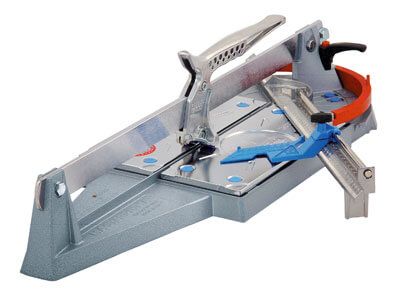
Main advantages:
• The square on which the tile rests is very near to the tilers
Main problems:
• during the cutting operation, the arm and the pulse movement isn’t natural and ergonomic*
• it is not easy to generate a high incision strength, necessary for tiles with non regular or special surfaces
• It is necessary to re-position the incision handle after the cut in order to split the tiles.
It is possible to observe that both the push tile cutter model and the pull tile cutter model have advantages and problems. The final choice is up to the tiler, taking into account the different requirements.
* “Ergonomics (or Human Factors) is the scientific discipline concerned with the understanding of the interactions among human and other elements of a system, and the profession that applies theory, principles, data and methods to design in order to optimize human well-being and overall system performance” by International Ergonomics Association (IEA)
Copyright 2022 Brevetti Montolit S.p.A. - VAT number IT00713300127 - R.E.A. VA151380 - Social Capital fully paid €500.000,00 - Registered office address: Via Turconi 25 – Cantello (VA) - PEC certificata@pec.montolit.it
Digital Marketing by Develed Sagl


